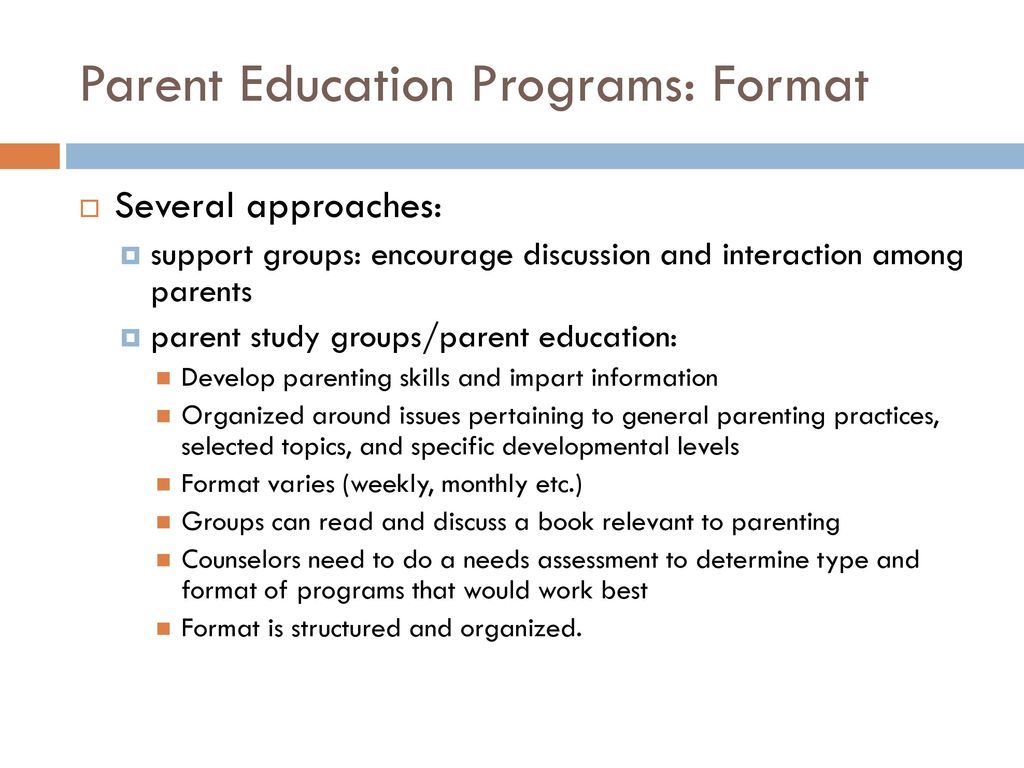Introduction:
Supervising student teachers is a significant responsibility that requires guidance and expertise. In this article, we’ll explore proven tips for effective student teacher supervision to ensure a successful learning experience for both mentors and mentees.
Establish Clear Expectations:
The first step in effective student teacher supervision is to establish clear expectations from the outset. Communicate the goals, responsibilities, and timeline of the student teaching experience clearly to both the student teacher and yourself as the mentor. Setting clear expectations helps to provide a framework for the supervision process and ensures that both parties are aligned in their objectives.
Provide Ongoing Support:
Supporting student teachers throughout their placement is essential for their growth and development as educators. Be available to provide guidance, feedback, and encouragement as they navigate the challenges of teaching. Create opportunities for regular check-ins and discussions to address any concerns or questions they may have. By providing ongoing support, you can help student teachers feel valued and empowered in their role.
Model Effective Teaching Practices:
As a mentor, you serve as a role model for student teachers, demonstrating effective teaching practices in action. Model strategies for lesson planning, classroom management, and student engagement, allowing student teachers to observe and learn from your expertise. Encourage them to reflect on your teaching methods and adapt them to their own style and context.
Encourage Reflection and Feedback:
Reflection is a critical component of professional growth, and student teachers should be encouraged to reflect on their teaching practice regularly. Create opportunities for student teachers to reflect on their lessons, experiences, and challenges, both independently and with your guidance. Provide constructive feedback that highlights their strengths and areas for improvement, fostering a culture of continuous learning and development.
Promote Collaboration and Networking:
Encourage student teachers to collaborate with their peers, colleagues, and other educators to expand their professional network and exchange ideas. Facilitate opportunities for them to observe other teachers in action, participate in professional development workshops, and engage with educational resources. By promoting collaboration and networking, you can help student teachers build connections and broaden their perspectives on teaching.
Emphasize Student-Centered Instruction:
Encourage student teachers to prioritize student-centered instruction that focuses on meeting the diverse needs and interests of their students. Encourage them to incorporate active learning strategies, differentiation techniques, and inquiry-based approaches to engage and empower their students in the learning process. Emphasize the importance of building positive relationships with students and creating inclusive learning environments that foster growth and success for all learners.
Provide Constructive Feedback:
Feedback is essential for student teacher growth and development, so be proactive in providing constructive feedback that is specific, actionable, and supportive. Recognize their accomplishments and progress, while also offering suggestions for improvement and areas to focus on. Create a feedback loop that encourages ongoing communication and reflection, allowing student teachers to continuously refine their practice.
Embrace Technology and Innovation:
Encourage student teachers to leverage technology and innovation to enhance their teaching practice and engage students in meaningful learning experiences. Introduce them to educational tools, resources, and platforms that can support their instruction and facilitate communication and collaboration with students and colleagues. By embracing technology and innovation, student teachers can stay current with best practices and adapt to the evolving landscape of education.
Foster Professional Growth:
Finally, prioritize the professional growth and development of student teachers by providing opportunities for them to expand their knowledge, skills, and expertise. Encourage them to pursue additional training, certifications, and professional development opportunities that align with their interests and career goals. Support their efforts to become lifelong learners and reflective practitioners who are committed to excellence in education.
Conclusion:
Effective student teacher supervision requires dedication, support, and expertise from mentors. By following these proven tips for effective supervision, mentors can provide student teachers with a valuable learning experience that prepares them for success in their future careers as educators. Read more about tips for having a student teacher





